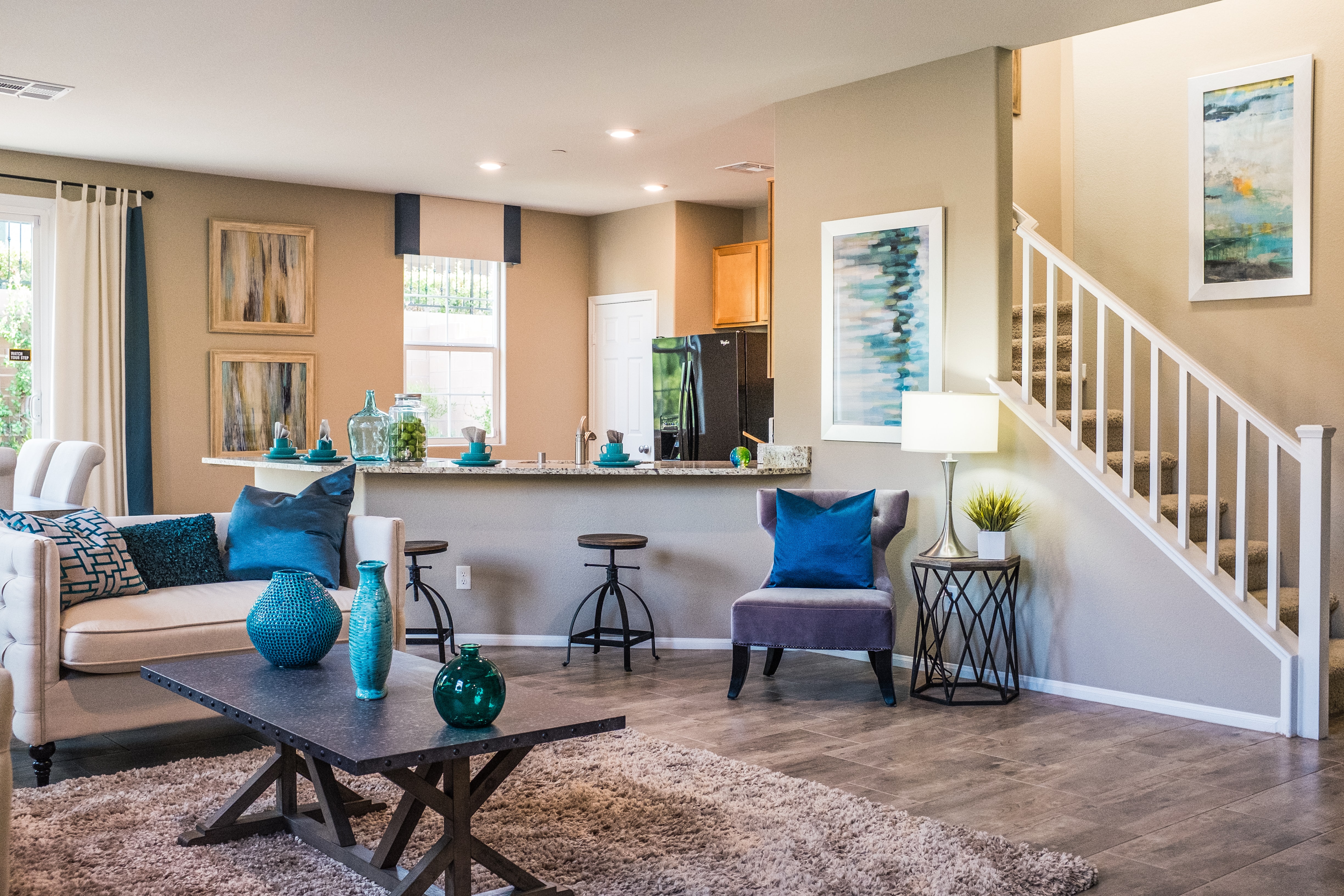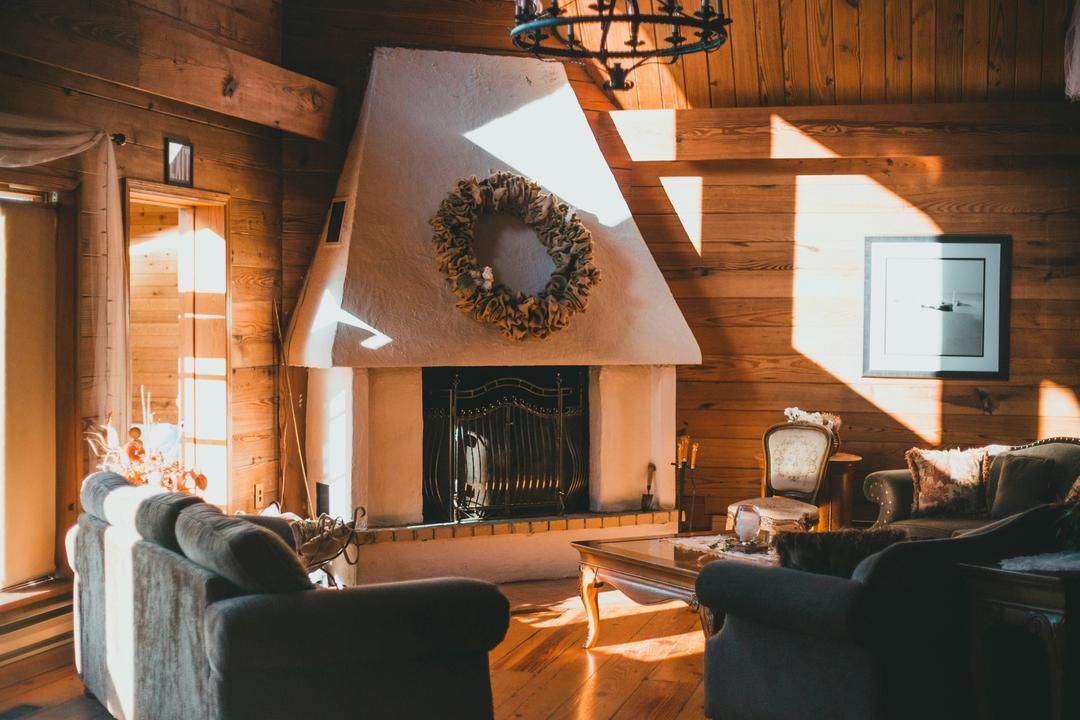
After lots of thinking, lots of running numbers and lots of conversations with those you trust, you’re ready to start your home search. Your next step: Opening up a browser window on your computer or phone to find the property that makes your heart flutter. Right? Wrong.
Searching for a home is one instance in life where you can have too much of a good thing. Without knowing what you’re looking for, you can quickly find a lot of homes that strike your fancy, but might not be the best fit (and might not even be on the market anymore). If you’re serious about buying, the time you spend paying attention to homes that weren’t going to work for you is time when another buyer can end up with your dream home.
So before you even think about looking at homes online, follow these steps to make sure you’re starting in the right place.
Need to sell before you buy? Here’s what to do first.
Though you’ll be tempted to focus on the search for a new home, your first priority is beginning the process of selling. Follow our tips for getting your home ready to sell, what the right Realtor should do for your home and finding out the value of your home.
You can build in some extra time and “insurance” in your search by making offers with a sale contingency or asking for an extended closing or making an offer with a settlement contingency.
Tip: If you stumble upon your once-in-a-lifetime dream home early in your sale process, a HELOC (Home Equity Line of Credit) can help you get the funds for a down payment if you qualify.
Figure Out Your Budget First
While you might focus on the aesthetic appeal of your dream home, not knowing what you can afford can set you up for disappointment. The biggest mistake? Relying on the “affordability calculators” on the major real estate sites that simply divide a property’s value based on the average mortgage.
Here’s why this isn’t the best way to determine your budget: Your mortgage might be far different than the average mortgage (especially when it comes to interest rates and length) and there might be more expenses necessary relating to the home (private mortgage insurance, homeowners insurance, repair costs and potential HOA fees, just to name a few).
To develop a better picture of affordability, do this:
Calculate debt-to-income to budget a monthly mortgage payment.
Instead of calculating based on a home’s price, go backward by calculating what you can afford based on your current budget. Calculate all sources of income and divide by 12, then calculate your average monthly expenses (minus rent). Subtract expenses from income and divide the leftover amount in half. This amount can be considered your maximum monthly budget for your mortgage payment.
Base your purchase price on your down payment.
Ideally, you’ll be able to get a conventional mortgage — we say “ideally,” because this route allows you to skip private mortgage insurance (an extra monthly cost for mortgages with less than 20% down). If you have $60,000 available as a down payment, then you can afford a $300,000 home.
The price range you can consider is another factor based on your market. In a buyers market, a seller might consider an offer below asking price. In a sellers market, you may need to go above asking price for your offer to even be considered. From your purchase price, add 5-10% to develop a threshold that considers these variables.
Tip: When it’s time to input your price range into a real estate search engine, end it at an “odd” amount. For example, setting a threshold of $309,000 instead of $300,000. You might luck out and find a home with a price cut listed at $303,000 or $307,000, then make up the extra costs with other asks (like repairs or a credit for closing costs).

Get Prequalified — Or Preapproved
If you’re looking to buy fast, getting prequalified now makes all the difference. Sellers consider offers from prequalified buyers more favorably as this signals less risk. Need a lender recommendation? We can help. Once you’ve narrowed down the choices, apply to be prequalified for a loan. This won’t take long: You’ll enter info about income, your credit score, monthly debt and desired home range.
If you’re very serious about your search, your chances of offer acceptance are higher with a preapproval. This requires a little more time upfront. You’ll give a lender documentation relating to income (pay stubs, tax records and all info about any other assets) and debts, which will then be verified. If you clear these hurdles, your lender will give you a preapproval letter that states you’re ready to go when it comes to getting a mortgage.
At this stage, you'll want to find a Realtor you can trust. They’ll be able to arrange showings fast and help send listings that fit your criteria — maybe even before they’re listed.
We Can Help
If you're ready to start the process of buying a home, whether you need to sell first or not, we're ready to help. Enter your email here and let's get started!
Narrow Down Your Neighborhood Choices
Now that you’ve gotten your financials out of the way, it’s time to think about another factor about your dream home that will greatly affect your day-to-day: The neighborhood where you live. This determines everything from commute time to the ease of making friends. For example, a quiet suburban neighborhood won’t have the social opportunities of a neighborhood located near a downtown area. However, if the latter adds more time to your commute, you might not have the free time to truly enjoy the area. Be honest about your priorities, then weigh each accordingly.
Once you have a few prospective neighborhoods of interest, look up their zip codes. While many search engines have clickable maps, these features can be finicky. It’s annoying to have to restart your search if the clickable map freezes.

Start Your Home Search
Most homes are listed through your region’s MLS (Multiple Listing Service). This data feeds our website search as well as the big home search sites, like Zillow, Trulia, Realtor.com and RedFin and others. The sites update inventory regularly so your choice will be based on your preference on ease of use. No matter which you choose, take the extra step in signing up for a free account. This makes it easier to save listings you like and you can usually sign up for updates on homes in your price range and neighborhood.
When you search, input your price range and desired zip code. You can also refine your search by home features like the number of bedrooms and bathrooms. If possible, refine your search so only homes currently for sale (not pending or sold) show up.
Another opportunity for finding properties? Surprisingly, the same social media platform you use to keep up with your family: Facebook. We promote our listings on Facebook and we'd love to show you. Click here.
Start Your Search
Click below to search by area, price range, number of beds and baths, and more!
Look “Past” the Photos
You’ll probably notice right away that the quality of listing photos can vary wildly. There are photos that are high-quality but are over-edited (the telltale sign is a mottled gray look, particularly in areas where shadows naturally occur, and extremely vibrant blues), then there are photos where you can’t really tell what you’re looking at.
Try not to focus on the photo quality or the decor, but the features that are visible. Note windows, doorways and views to get a sense of the floor plan. Pay attention to things that are difficult to change (anything relating to natural lighting, room shape, location of outlets, heating systems and air vents, kitchen layout) instead of easier-to-address issues like floor material, light fixtures, appliances and cabinetry. The exception? If you’re on a tight budget. When that’s the case, you’ll want to consider homes that have features you can live with or can fix within your “DIY” abilities.

Research and Compare Properties Beforehand
On your preferred real estate search site, you can usually find historical data on the home that has caught your eye. Usually, the data reveals pricing, sales and tax history. Sometimes, the data can help you spot a home sold by a flipper. (For instance, a home that was sold for a very low price within the last 3-6 months, then listed at a much higher price.) This isn’t necessarily a bad thing. However, the less time between the last sale date and current listing coupled with just how “new” certain areas of the home look compared to the age of home can indicate a lower-quality renovation.
Take a close look at the map to see where the home is located. This is less about knowing how to get to the home and more about seeing which way the home faces (which can affect natural light and even your energy bills), nearby points of interest, the closest major streets (potential sources of traffic, especially if it’s a popular cut-through or if there’s a school nearby) and what the neighborhood looks like (click on Google Streetview to take a look).
From this info, you’ll be able to narrow down your list of potential properties to a handful.
.jpg)
Schedule a Showing
Once you've found a property you love and you want to see in person, let's schedule a showing. Our website even offers a scheduling feature for booking a time that works for you. While you’re free to schedule showings if we haven't yet had a chance to connect, talking before you schedule the showing can help speed up the process — especially if you think you’ve found your dream home.
We'll handle the job of contacting real estate agents and scheduling showings for you! Just send us your shortlist of properties in order of interest, then give an idea of your availability and we'll get to work!
Need More Guidance?
We have tons of blogs and resources to help guide you through the buying or selling process.






